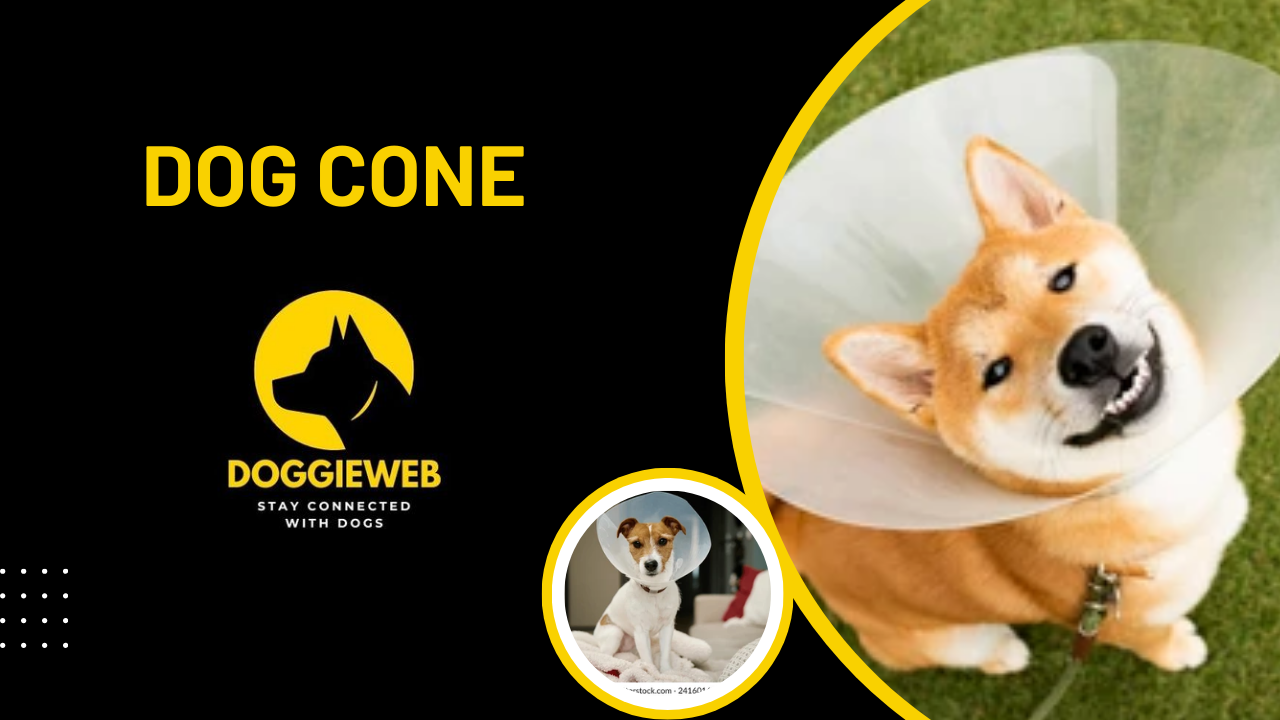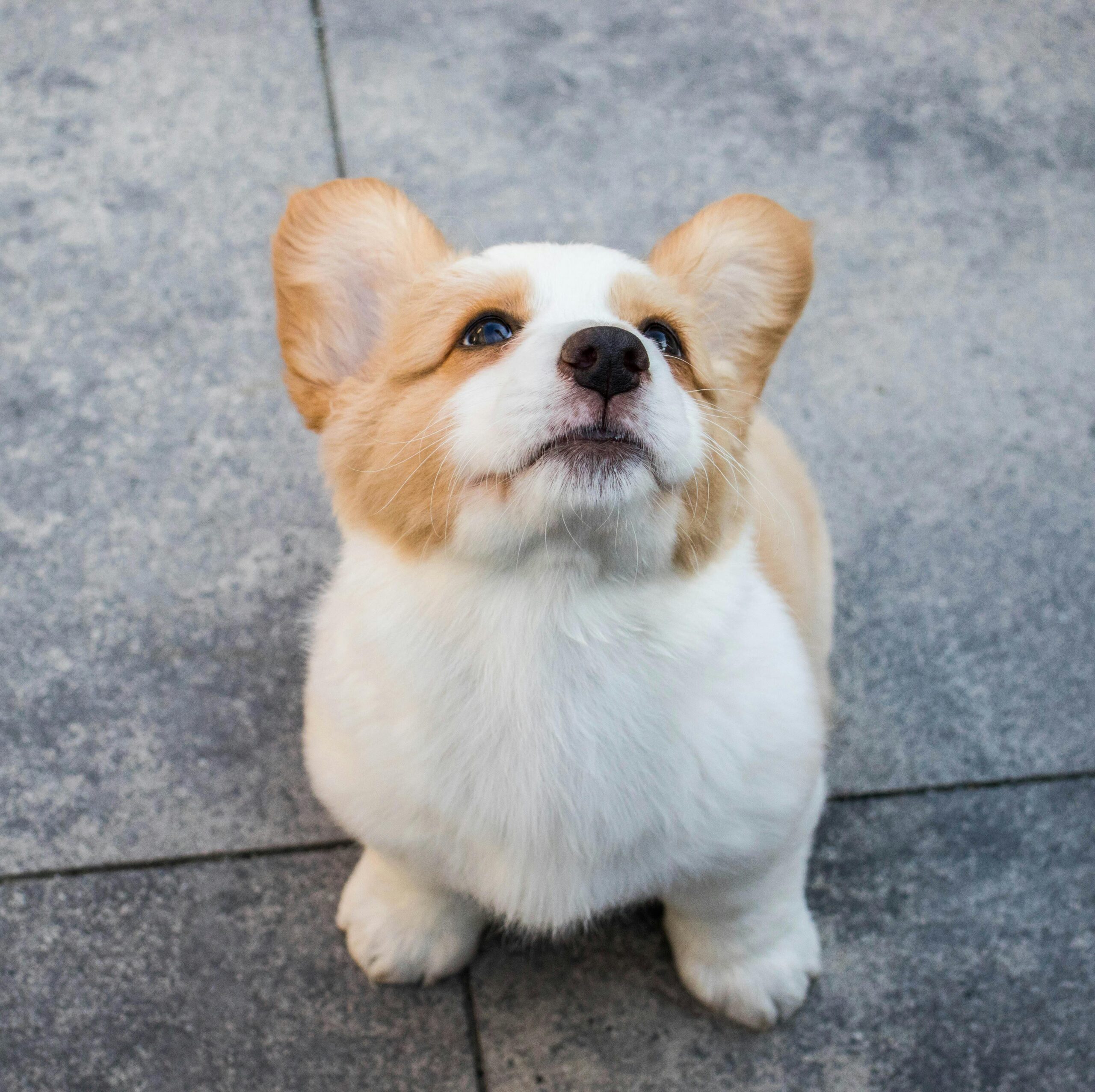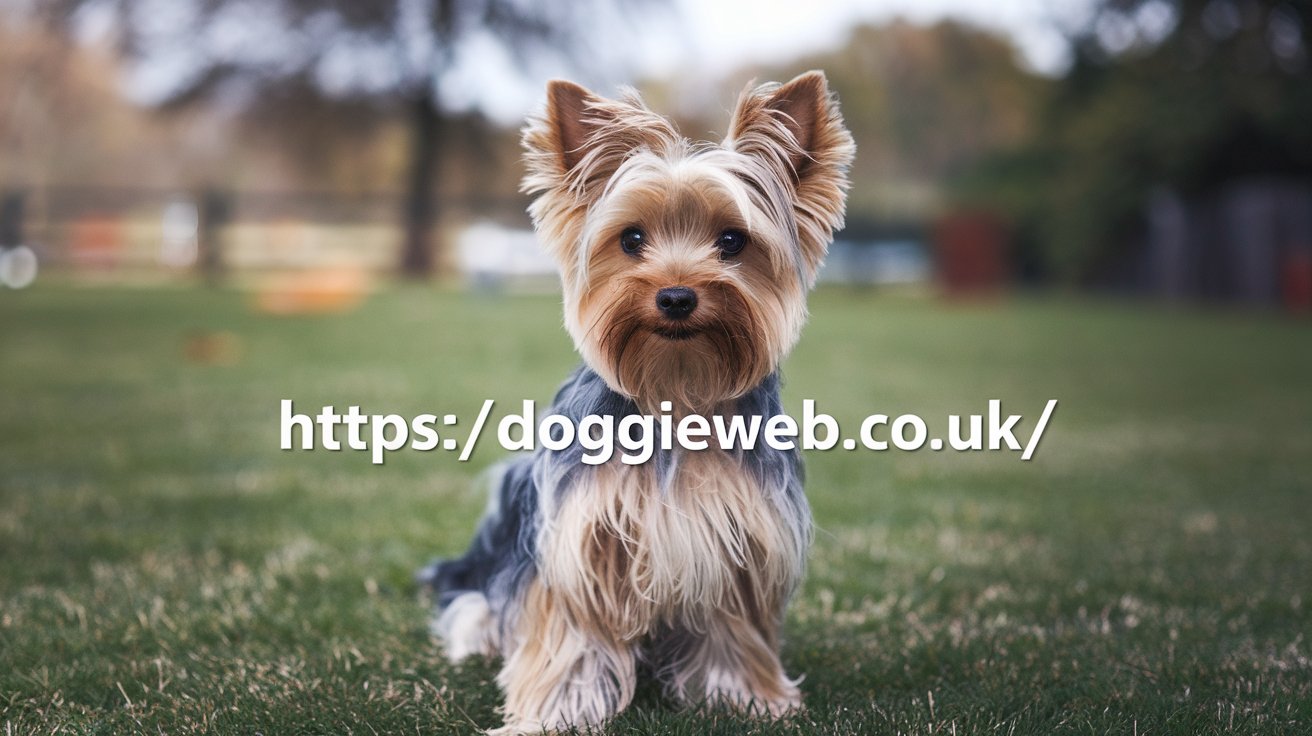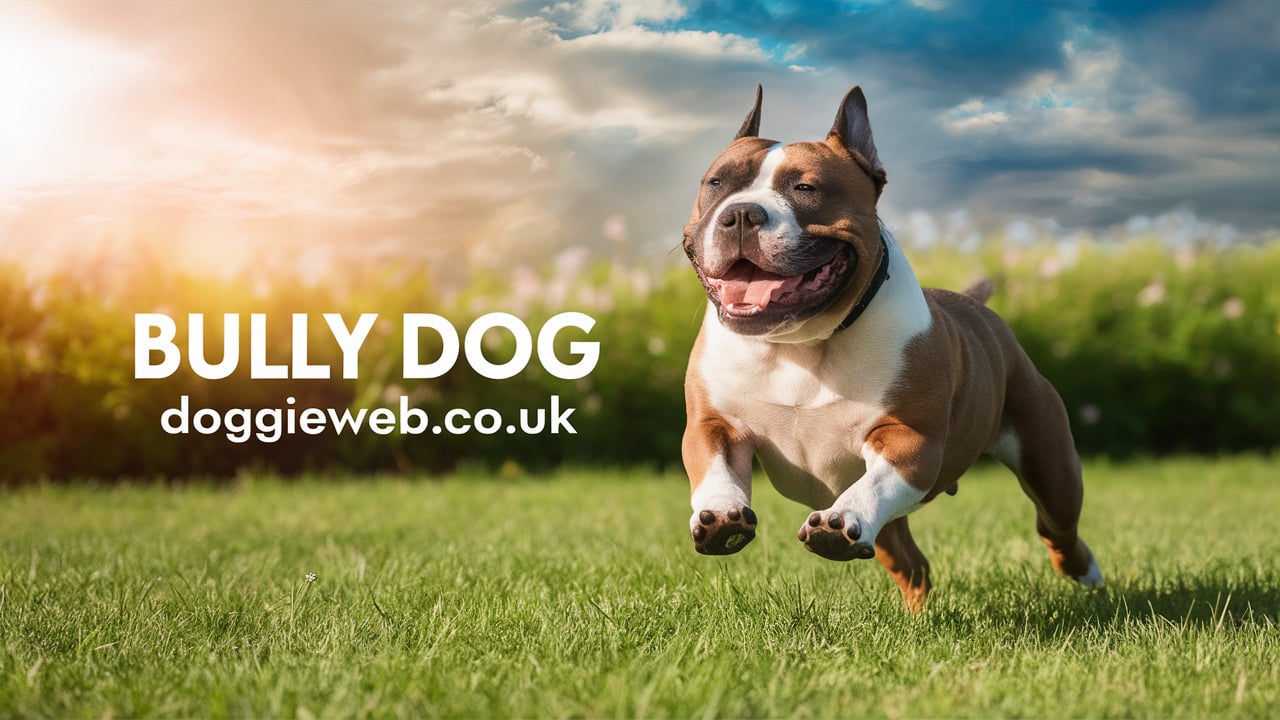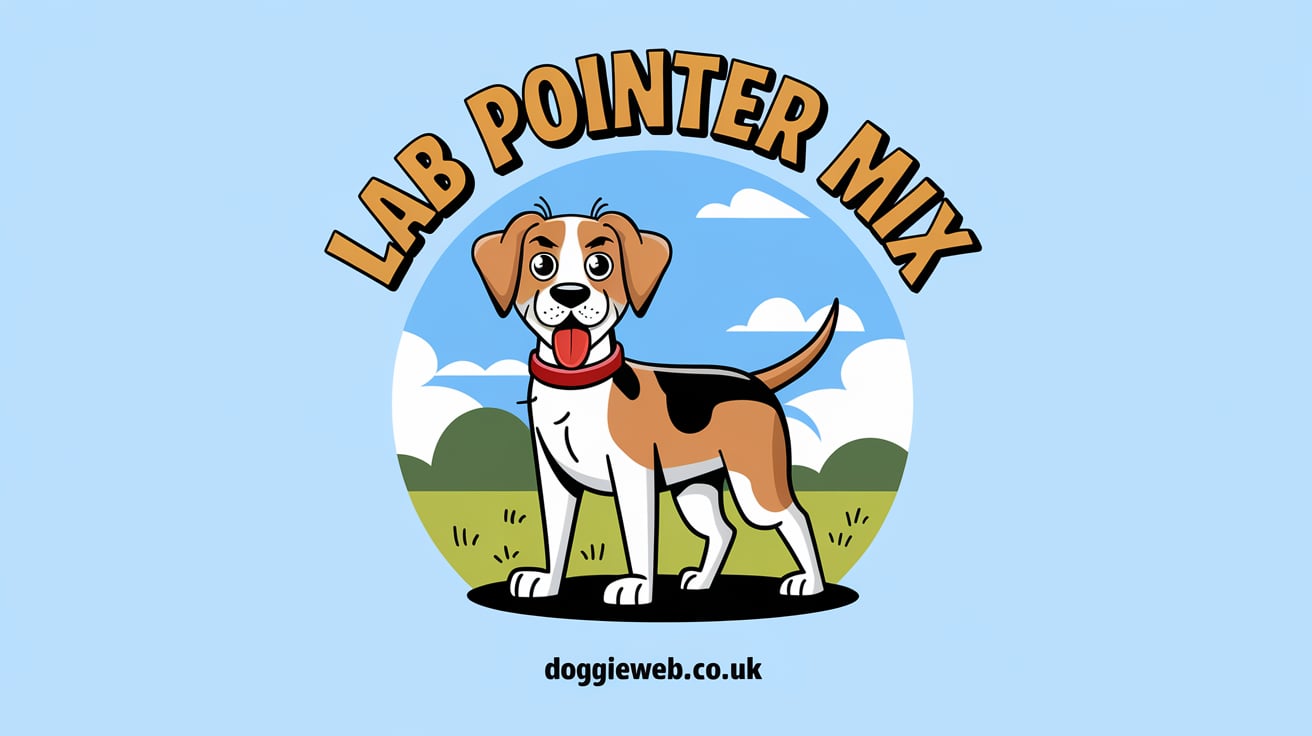Introduction
Dog collars, often called “Elizabethan collars” or “E-collars,” are a vital piece of equipment in veterinary care. These aids prevent puppies from licking, biting, or scratching wounds, surgical sites, or other areas of their body that need safety during the recovery technique. While many pet owners find Dog Cone cumbersome or even unforgiving, they play a vital role in ensuring that puppies recover quickly and without complications. This article will delve into the importance of Dog Cone, the different types, how to choose the right one, and how to support your dog in regulating cone wear.
The purpose and meaning of Dog Cone
Dog Cone are designed to save your pups from interfering with the recovery process. Dogs are sure to lick their wounds, which can result in infections, reopened stitches, or cases of prolonged recovery. In addition, dogs may additionally scratch or scratch at irritations, hot spots, or bandages, which may cause further damage or complications.
By restricting the dog’s access to certain parts of its body, the cone acts as a protective barrier, allowing accidents to heal without interference. This property is especially important after surgical procedures, together with castration or castration or in the treatment of skin diseases or accidents that require careful treatment.
Historical dog cone background
The dog cone as we understand it today has evolved considerably over the years. The original “Elizabethan collar” was named after the ruffled collars worn by the aristocracy in Elizabethan technology. The first cones were simple, rigid devices made from materials such as plastic or metal, designed to create a physical barrier around the dog’s head.
These early designs were effective but often uncomfortable for the animal, leading to the improvement of other cutting-edge, humane options. Over time, veterinarians and architects have refined the dog cone to improve comfort, capability, and ease of use, resulting in the vast array of cones available today.

Types of Dog Cone: A comprehensive overview
There are several types of Dog Cone, each with their own set of blessings and drawbacks. Understanding these different types can help puppy owners choose the best option for their dog’s specific needs.
1. Traditional Plastic Cones: The most common type of dog cone is the traditional plastic cone. These cones are made of clear or opaque plastic and are recognized for their durability and efficiency. They are available in many sizes for special breeds and are usually fitted around the dog’s neck with an easy clip or velcro. While plastic cones are effective at preventing dogs from injuring themselves, they can be uncomfortable and can obstruct a dog’s vision or hearing.
2. Soft textile cones: Soft textile cones, also referred to as “flexible cones”, are made of materials such as nylon, cotton, or foam. These cones are designed to be extra comfortable for the dog while still providing important safety. Soft cones are lightweight and much less likely to cause chafing or soreness, making them a popular choice for dogs who want to wear cones for longer periods. However, fine cones will not be as strong for dogs who may choose to injure themselves as they may fold or bend under stress now and then.
3. Inflatable Cones: Inflatable cones are an alternative to regular plastic cones. These cones resemble a neck pillow and are filled with air to create a barrier over the dog’s neck. Inflatable cones are generally more comfortable and much less restrictive than plastic cones, allowing dogs to move more freely. They are also less likely to accidentally crash into equipment or walls. However, inflatable cones will not be suitable for puppies with long noses or for puppies that are mainly agile, as they can still reach the wounds.
4. Recovery suits and protective clothing: In a few cases, a recovery suit or protective clothing can be used instead of a cone. These garments cover the dog’s skeleton or certain areas and prevent them from licking or scratching. Recovery haircuts are often made from a breathable, flexible material and can be an excellent choice for puppies who have a specific aversion to sporting a cone. However, recovery sleeves will not be suitable for all injuries or situations, especially those that require access to the affected area for cleansing or medication.
How to choose the right dog cone for your pet
Choosing the right dog cone depends on many factors, including the dog’s size, temperament, and nature of injury or surgery. When choosing a cone, it is important to remember the following:
1. Size and fit: The cone must fit the dog’s neck well and not be too tight. A cone that is too loose can also slip or allow the dog to get into wounds, while a cone that is too tight can cause pain or breathing problems. Measure your dog’s neck and refer to the manufacturer’s manual to ensure proper fit.
2. Material and comfort: Consider your dog’s comfort when deciding on a cone. If your dog wishes to wear a cone for longer periods, a softer, more flexible alternative may be most popular. However, if your dog is mainly determined to reach his wounds, a stronger cone may be required.
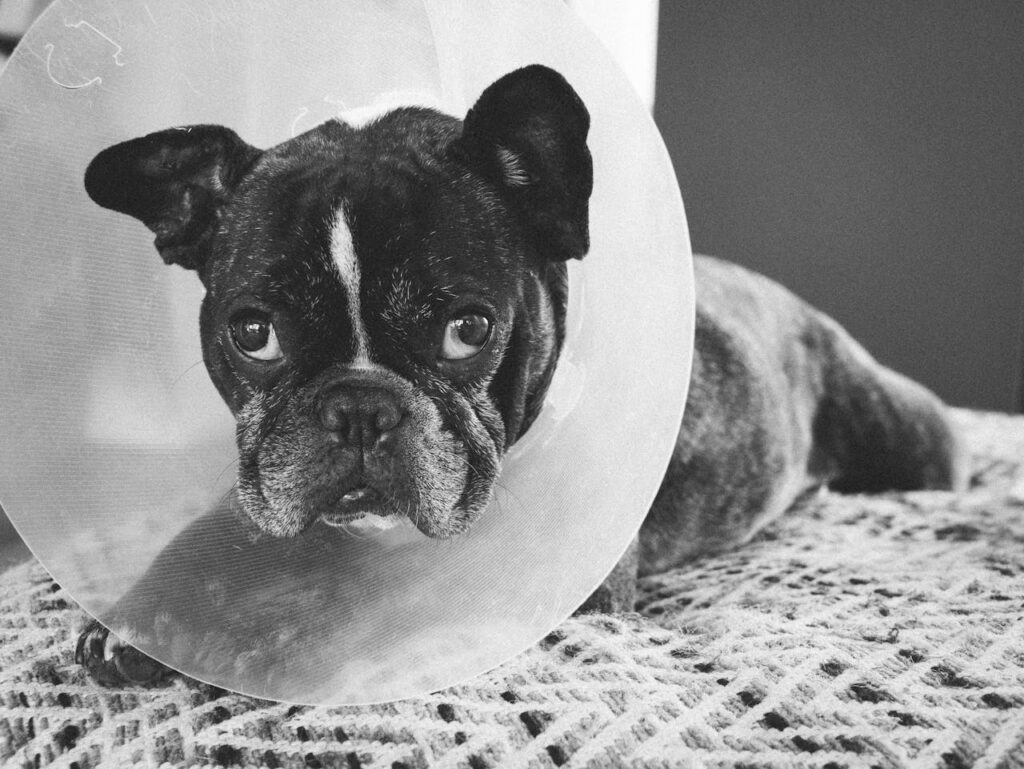
3. Visibility and Mobility: Some cones, specifically traditional plastic cones, can hinder a dog’s imagination and foresight or hearing. If your dog is sensitive to changes in his surroundings, consider a cone that allows for greater visibility or hearing. Also, don’t forget how the cone will affect your dog’s mobility, especially if they want to walk up stairs or other boundaries.
4. Duration of Use: Another critical consideration is the length of time your dog will want to wear the cone. A more basic taper may also be sufficient for short-term use. However, for long-term use, comfort and durability are more important factors.
5. Specific needs: Finally, consider any unique needs your dog may have. For example, if your dog has a long muzzle, an inflatable cone may not offer enough safety. Similarly, if your dog is particularly active or energetic, a larger, more durable cone may be necessary.
Tips to help your dog adjust to the cone
Wearing a cone can be a disorienting and stressful experience for a dog. Here are some tips to help your dog change:
1. Introduce the cone gradually: If possible, introduce the cone to your dog before he wants to put it on. Allow them to sniff and explore the cone and praise them with treats and praise. This can help reduce anxiety and make enjoyment less intimidating.
2. Watch your dog’s behavior: Pay attention to how your dog reacts to the cone. Some dogs may also be stressed or depressed, while others may additionally try to remove the cone by rubbing it against fixtures or partitions. If your dog is suffering from an alteration, consult your veterinarian for a recommendation.
3. Keep your dog’s environment safe: When carrying the cone, your dog may also bump into accessories, partitions, or other aids. Remove all danger from your dog’s environment and create a safe space in which they can move freely.
4. Provide a distraction: Fascinating your dog with toys, puzzles, or treats can help take his mind off the cone. Mental stimulation can also reduce tension and prevent boredom.
5. Ensure proper hydration and nutrition: Some cones can make it difficult for puppies to eat or drink. Make sure your dog has access to food and water, and remember to remove the cone during feedings if it is safe to do so.
Common challenges and solutions
Using a dog cone can present several challenges, each for the dog and the owner. Understanding these issues and how to deal with them could make things easier for all and sundry involved.
1. Discomfort and irritation: One of the most common problems is pain or inflammation due to the cone. Dogs can develop chafing around the neck, especially if the cone is worn for a longer length. To achieve this, make sure the cone fits properly, and remember to use a padded or soft cone. Check your dog’s neck regularly for signs and symptoms of infection and adjust the cone as needed.
2. Limited mobility: Cones can limit the dog’s mobility and make it difficult for him to orientate himself in his surroundings. This can be especially difficult for older puppies or people with mobility issues. To deal with this, create a clear and safe path for your dog and consider using a cone, which is much less restrictive.
3. Anxiety and Stress: Wearing a cone can cause tension and stress in a few dogs, especially if they are not used to it. To reduce tension, provide plenty of pleasant reinforcement, create a calm environment, and think about using calming aids along with pheromone diffusers or anti-anxiety wraps.
4. Inability to eat or drink: Some cones can make it difficult for dogs to eat or drink. If your dog struggles to reach his food or water, try raising his bowls or using a cone with a much wider opening. In a few cases, it may be vital to take the cone away throughout the meal, but this should best be done under supervision to keep your dog from interfering with your wounds.
Alternatives to traditional dog donuts
While traditional Dog Cone are effective, some dogs may benefit from occasional responses. These options can offer similar security while adding extra comfort or flexibility.

1. E-collars: E-collars, also known as “no-lick collars,” are a popular alternative to traditional cones. These collars are worn around the dog’s neck and save you from injury by restricting movement in the dog’s head. E-collars are usually more comfortable and less restrictive than cones, but now they will not be suitable for all dogs, especially those with long noses or massive heads.
2. Surgical Recovery Suits: As mentioned above, recovery suits are a good option for cones, especially for dogs who may be sensitive to wearing a cone. These fit the dog’s frame and offer safety without restricting their movement or vision. Recovery spasms are especially beneficial for wounds or surgeries on the torso, as they can prevent you from licking or scratching the affected area.
3. BiteNot Collars: The BiteNot collar is another opportunity that works by limiting the dog’s ability to turn its head. Unlike conventional cones, BiteNot collars no longer obstruct a dog’s vision or hearing, making them a good choice for puppies who may be particularly sensitive to sensory adjustments. However, BiteNot collars may not be suitable for puppies with neck injuries or puppies who are very determined to get their injuries.
4. Customized Solutions: In some cases, customized responses can be important to meet a dog’s unique wishes. For example, some puppy owners create their protective barriers using substances such as foam, material, or even repurposed family items. While tailor-made solutions can be effective, it is important to ensure that they provide sufficient protection and do not stand a chance for the dog.
Conclusion
Dog Cone are a vital device in veterinary care, gambling plays an important role in the defense of dogs throughout the recovery process. While they can be difficult for both pups and their owners, understanding the exclusive varieties of cones, how to choose the right one, and how to help your dog’s diaper changer could make the joy more manageable.
Exploring answers to extra opportunities can also provide extra convenience or flexibility for pups with unique desires. In the end, the key to using a hit cone is patience, understanding, and dedication to getting your dog right. By taking the time to choose the right cone and helping your dog through the adjustment period, you can help ensure an easy and successful recovery for your loved one.






